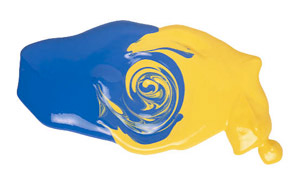Waife & Associates Adds Senior Pharma Executive as New Associate
— Former Allergan executive brings wide expertise in data management, technology and clinical development strategy.
Needham, MA, July 9, 2015— Waife & Associates, Inc., change management consultants in biopharmaceutical clinical research, announced today it has added a new Senior Associate, Ramzi Najm, to its staff. Mr. Najm comes to Waife & Associates, Inc. (W&A) from Allergan, where he was most recently Vice President, Strategic Analysis and Process Innovation. Mr. Najm had a wide-ranging background to assist Waife & Associates’ clients, including clinical development innovation, clinical data management, and process and technology analysis.
Based in California, Mr. Najm has thirty years’ experience in clinical research, with fourteen years at Allergan. He was Senior Director of Data Management and then VP of R&D IT. Before Allergan he began at IBRD-Rostrum (rising to VP, Information Systems), was Senior Director of IT and CDM at Paragon (now Clinipace), VP of Information Systems at Cocensys, and Senior Director of CDM at Baxter BioScience.
“We have known Ramzi in the industry for many years and are excited to add him to W&A,” said Ronald S. Waife, President, Waife & Associates, Inc. “He is the ideal combination for our clients and our philosophy, combining pragmatic process improvement with deep understanding of clinical development, data management and enabling technologies. His executive perspective, plus his enthusiasm for hands-on work, is what W&A aims to offer our clients.”
Mr. Najm earned dual degrees in Biology and Computer Sciences from the University of California at Irvine. He received his MBA from Pacific States University.
Mr. Najm can be reached at najm@waife.com or +1 (949) 412-8817. To learn more about Waife & Associates, Inc., visit www.waife.com.



